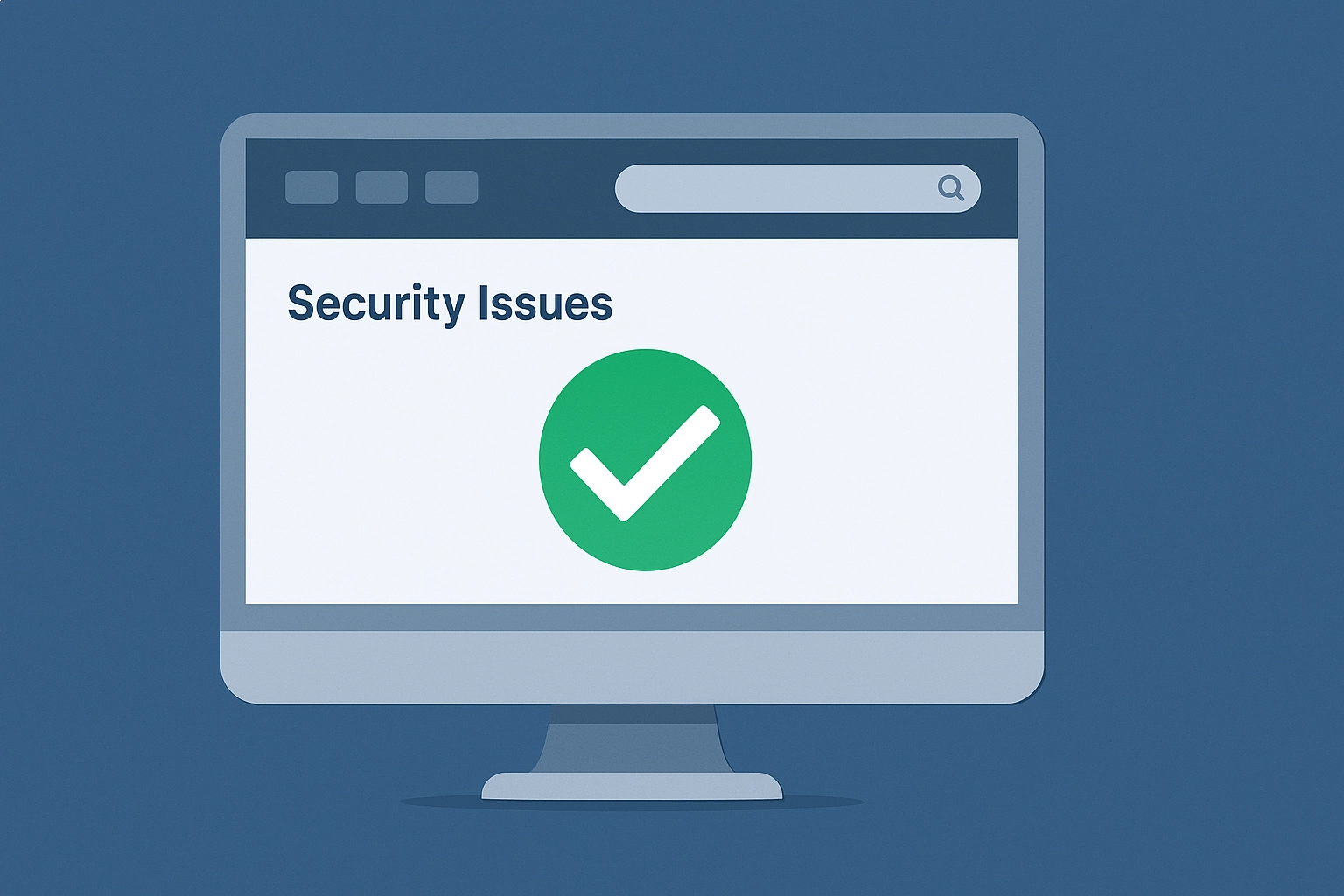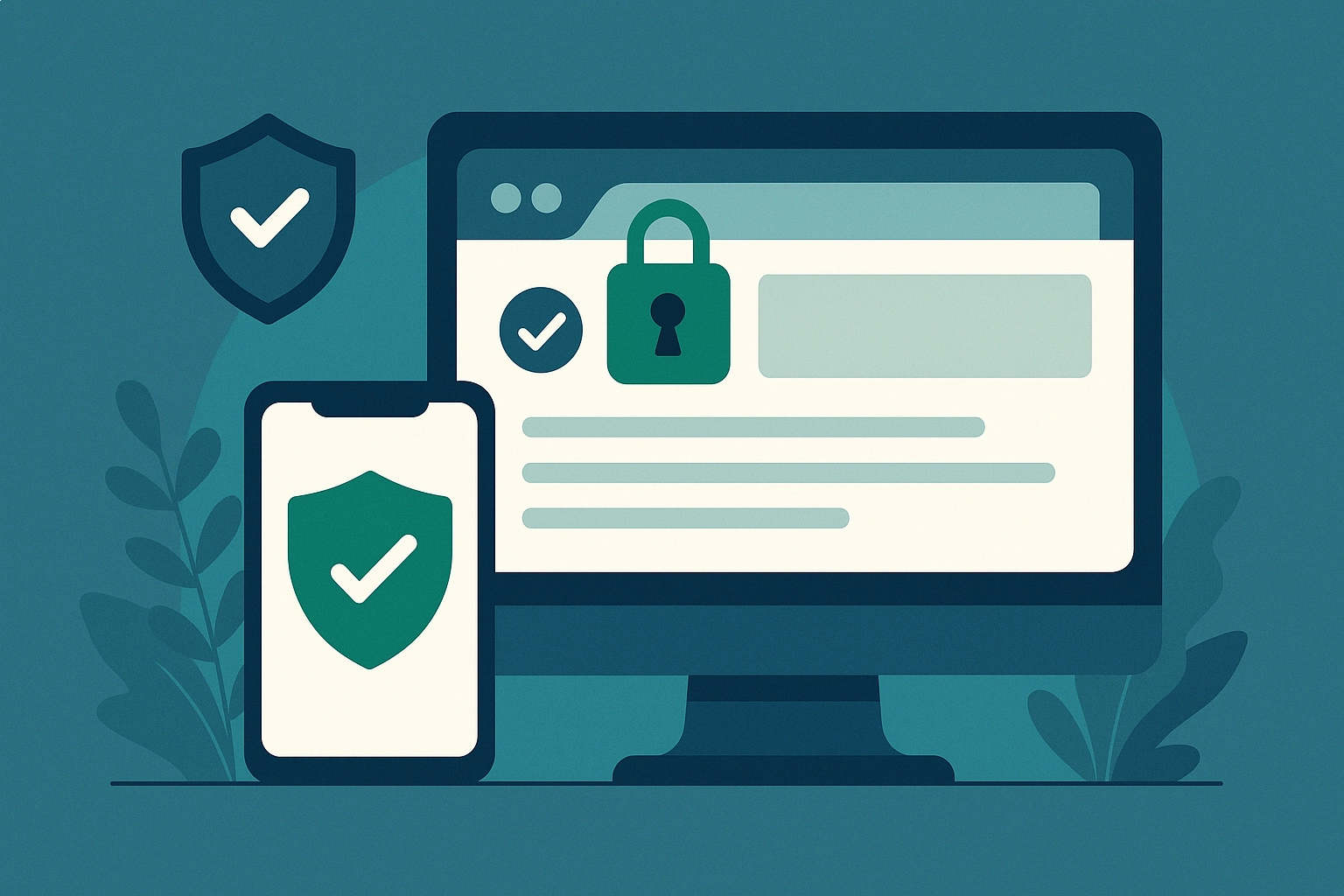Why Website Security Is Critical for SEO and User Trust
Why Website Security Is Critical for SEO and User Trust
In the modern digital ecosystem, website security is no longer a backend concern. It plays a direct role in how your site ranks on search engines and how much users trust your brand. Google, consumers, and browsers alike now expect websites to be safe by default.
This article explores how proper security practices—especially the use of SSL certificates, HTTPS, and other secure development standards—contribute to both SEO performance and user confidence.
The Foundation: What Is Website Security?
Website security refers to all the measures taken to protect a website and its data from cyberattacks, unauthorized access, and data breaches.
Key elements of a secure website include:
- SSL/TLS encryption (HTTPS)
- Secure authentication systems
- Regular updates and patches
- Malware scanning and firewalls
- Content Security Policy (CSP)
- Protection against injection and cross-site scripting (XSS)
While many developers focus on functionality and design, neglecting security can lead to penalties from both Google and users.
Security as a Google Ranking Signal
Since 2014, HTTPS has been a confirmed ranking factor in Google’s algorithm. That means secure websites—those that use valid SSL certificates—get preference in search results over insecure counterparts.

Google’s reasoning is simple: users should be able to browse safely. Websites that lack HTTPS may:
- Trigger browser security warnings
- Be excluded from Chrome’s address bar autocomplete
- Lose ranking positions in competitive niches
- Be flagged in Google Search Console’s Security Issues report
Insecure sites not only rank lower but also lose credibility with users.
HTTPS and SSL: The Frontline of Trust
SSL (Secure Sockets Layer), more accurately referred to now as TLS (Transport Layer Security), encrypts data transferred between a user’s browser and the server. This protects login credentials, form data, payment info, and session cookies.
Benefits of enabling HTTPS via SSL:
- Encrypts user data
- Prevents session hijacking and data interception
- Authenticates your domain
- Displays a secure padlock icon in browsers
- Improves SEO trust signals
Let’s Encrypt and commercial providers like DigiCert or Sectigo make it simple to issue and renew SSL certificates, often with automation tools.
How Insecurity Hurts SEO and Reputation
Sites with no security measures—or outdated SSL implementations—are penalized in multiple ways:
1. Lower Rankings
Google demotes insecure sites, especially when all other SEO signals are equal.
2. High Bounce Rates
Browser warnings like “Your connection is not private” scare users away instantly, increasing bounce rate—a negative ranking signal.
3. Loss of Referral Traffic
Secure (HTTPS) sites may not pass full referral data to non-secure (HTTP) destinations, making it harder to measure marketing impact.
4. Brand Damage
One hacked website or phishing attempt can destroy user trust permanently. Recovery from such an event is costly and time-consuming.
Other Security Measures That Impact SEO
Beyond HTTPS, these web development practices help keep your site trusted by users and compliant with SEO standards:
- Prevent mixed content issues
Ensure all scripts, styles, and images are loaded over HTTPS.
- Sanitize and validate form inputs
Prevent SQL injection, XSS, and CSRF attacks by filtering all user-submitted data.
- Use secure headers
HTTP security headers like X-Content-Type-Options, X-Frame-Options, and Strict-Transport-Security protect your site from common vulnerabilities.
- Implement a firewall and malware scanner
Services like Cloudflare, Sucuri, or Wordfence (for WordPress) can block attacks in real time.
- Update plugins, themes, and core systems regularly
Outdated components are the leading cause of CMS-based exploits.
Case Study: How Security Improved SEO Performance
A financial services website lacked HTTPS and was flagged by Chrome with a security warning. After implementing a wildcard SSL certificate, CSP headers, and removing mixed content, the results within three months were:
- 18% increase in organic traffic
- 42% decrease in bounce rate
- Gained 12 new keywords in top 10 positions
- Increased average session duration by 37%
The client also reported a noticeable drop in spam form submissions and user complaints about login issues.
How to Secure Your Website (Step by Step)
1. Install an SSL Certificate
Use Let’s Encrypt, your hosting provider’s built-in solution, or a commercial provider.
2. Redirect all HTTP traffic to HTTPS
Use 301 redirects in your .htaccess or server config to enforce secure connections.
3. Fix mixed content issues
Scan your site and update all asset URLs to use HTTPS.
4. Enable HTTP Strict Transport Security (HSTS)
This tells browsers to always connect securely.
5. Regularly audit your site
Use Google Search Console, Sucuri SiteCheck, and Lighthouse for scanning vulnerabilities.
6. Educate your team
Developers and content editors should be aware of secure coding and upload practices.
Building Trust Beyond SEO
Security isn’t just about rankings—it’s about building trust.
Users are more likely to engage, share data, and make purchases on websites they perceive as safe. Secure sites display professionalism, responsibility, and attention to detail.
In sectors like healthcare, finance, and eCommerce, security is not optional—it’s a minimum standard.
Conclusion: Secure Your Site to Strengthen Your SEO
Website security and SEO are deeply interconnected. You can’t truly optimize your visibility without also safeguarding your users.
By ensuring proper encryption, removing vulnerabilities, and maintaining a secure development lifecycle, you’ll protect your users and earn better rankings.
In 2025, secure websites won’t stand out—they’ll be the default. Make sure yours is one of them.


